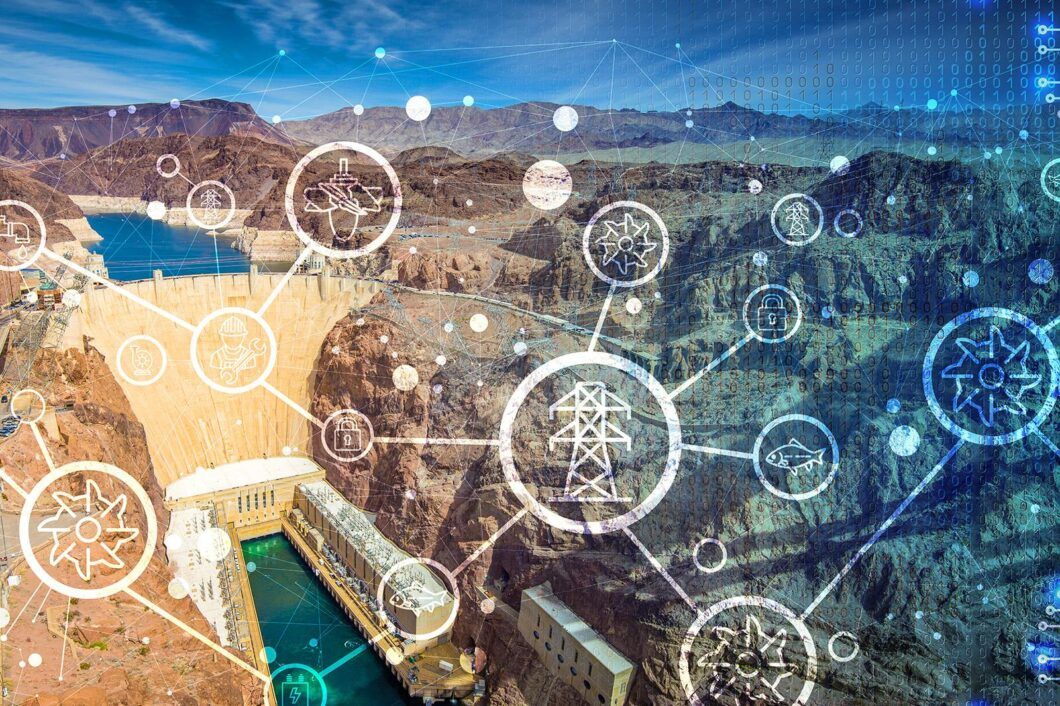Guest blog by Emmanuel Ngue, EN Solutions Hydro, CEO & Principal Engineer, header image credit: Chris DeGraff | Pacific Northwest National Laboratory.

Hydropower is a cornerstone of Canada’s energy grid, providing a reliable and mature source of renewable energy. However, with much of the country’s fleet now facing aging infrastructure and the increasing pressures of climate variability, a strategic shift is needed. The traditional maintenance models—either reacting to failures or following fixed schedules—are no longer sufficient to manage these complex systems effectively. A transformative approach is not just a luxury, it’s an essential step towards a more resilient and sustainable future for hydropower.
This is where the convergence of Artificial Intelligence (AI) and Digital Twin technologies offers a powerful solution. These technologies are moving hydropower utilities from a reactive to an intelligent operations model, promising to optimize reliability, reduce costs, and enhance performance.
The Problem with Traditional Maintenance
Many hydroelectric facilities, especially those commissioned decades ago, still rely on outdated maintenance systems. These systems are often ill-suited to track complex issues like turbine degradation patterns, water flow variability, and the integration of hydraulic and electrical systems. The result is often inefficient resource usage, with maintenance teams either intervening too late, causing costly outages, or too early, wasting time and budget.
Furthermore, a lack of structured, centralized data and fragmented knowledge can make it difficult for new and experienced staff alike to access critical information. This creates a dependency on long-term personnel and makes it difficult to mitigate the impact of staff turnover.
AI as a Virtual Maintenance Expert
AI is not a generic add-on; it is a core capability designed to augment human expertise. A platform like TGM Expert, developed in Canada by EN Solutions Hydro, integrates AI across the entire maintenance lifecycle, from work order management to strategic planning. It acts as a “Virtual Maintenance Expert” working alongside technicians and asset managers to accelerate digital maturity and reliability.
Here’s how AI is integrated to create a smarter, more efficient maintenance system:
- Intelligent Workflows: The system assists maintenance teams with work order management, providing suggestions for prioritization, task forecasting, and resource assignment. Based on real-time data, equipment criticality, and failure modes, AI can auto-generate work order requests, streamlining a process that was once manual and reactive.
- Knowledge Assistant: Using a technology called Retrieval-Augmented Generation (RAG), the AI assistant is trained on hydropower-specific documents, maintenance records, and expert procedures. It can instantly answer complex questions and provide context-aware support, helping teams access institutional knowledge even without the presence of senior staff.
- Proactive Recommendations: By ingesting real-time sensor data from IoT and SCADA systems, AI models can detect early anomalies and suggest preventive actions. For instance, upon detecting a repeated degradation trend in a guide bearing temperature, the system can recommend rebalancing maintenance frequency, which can help avoid an unexpected shutdown.
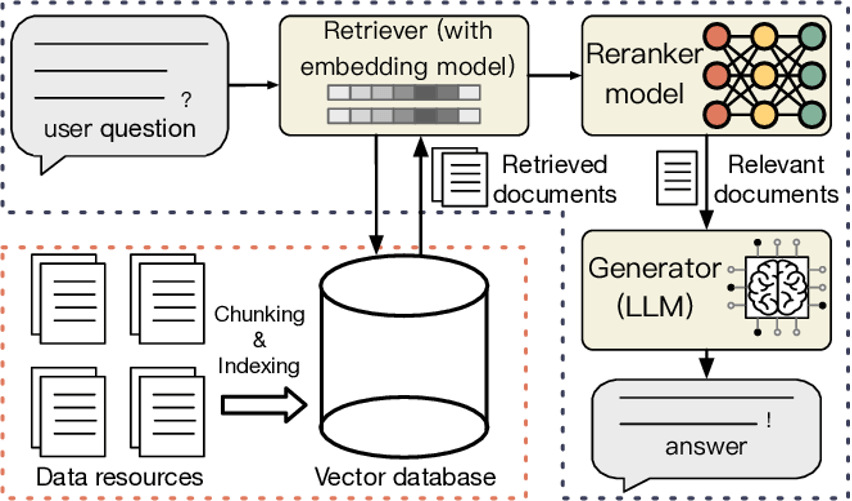
Fig.1. Illustration of the RAG flow 1
The Power of Digital Twins
AI is at its most powerful when combined with a Digital Twin. A Digital Twin is a dynamic, virtual representation of a physical asset, continuously updated with real-time data and enriched with simulations. For a hydropower turbine, this means creating a digital replica that can simulate its operational behavior and predict degradation scenarios.
The integration of these two technologies enables a new class of smart maintenance strategies:
- Predictive Diagnostics: The system can detect early deviations by comparing a hydropower unit’s real-time sensor data with the predicted behavior of the target component’s Digital Twin (a Reduced-Order Model, or ROM). When the two diverge, the AI module can analyze the pattern and trigger a failure forecast, indicating a risk of bearing wear or cavitation before it becomes visible during a physical inspection.
- Root Cause Analysis: When an alert is raised, the AI assistant can quickly retrieve historical logs and technical documents using its RAG-powered search. It then correlates this information with the Digital Twin’s simulation results to propose likely root causes and guide the technician through a recommended troubleshooting workflow.
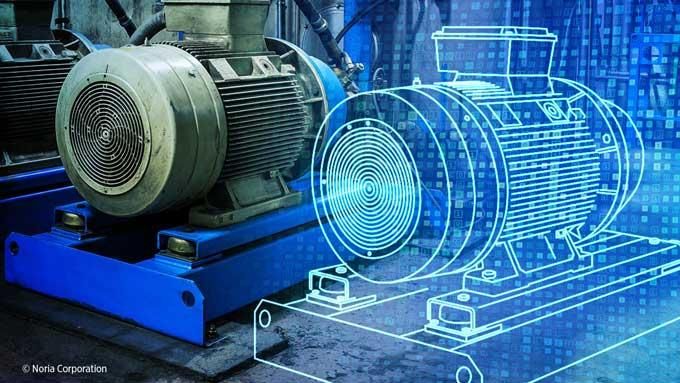
Fig.2. Illustration of a motor digital twin 2
From Predictive Maintenance to Operational Optimization
Beyond maintenance, AI and Digital Twins enable a powerful layer of operational optimization. This is where a utility can make smarter decisions about how to utilize its resources, particularly its water reserves.
- Forecasting and Scenario Planning: AI-powered models can predict key variables such as water inflows and energy demand across multiple time horizons, from daily to seasonal planning. Engineers can then use the Digital Twin to simulate “what-if” scenarios, such as the impact of a partial load operation or seasonal flow variation.
- Prescriptive Recommendations: An optimization engine takes these predictions and transforms them into concrete, actionable recommendations. It can assist in planning electricity production and optimizing the use of the station’s units, which in turn determines how reservoir water reserves are best utilized for generation based on real-time demand from the grid dispatcher—all while respecting grid and regulatory constraints. The goal is to move from simply forecasting to actively prescribing the best course of action to improve efficiency and maximize generation revenue.
- Data-Driven Justifications: By tracking maintenance backlogs, cost overruns, and historical failures, TGM Expert can provide quantified justifications for rehabilitation projects. This structured data can facilitate funding applications and CAPEX approvals, protecting long-term investments.
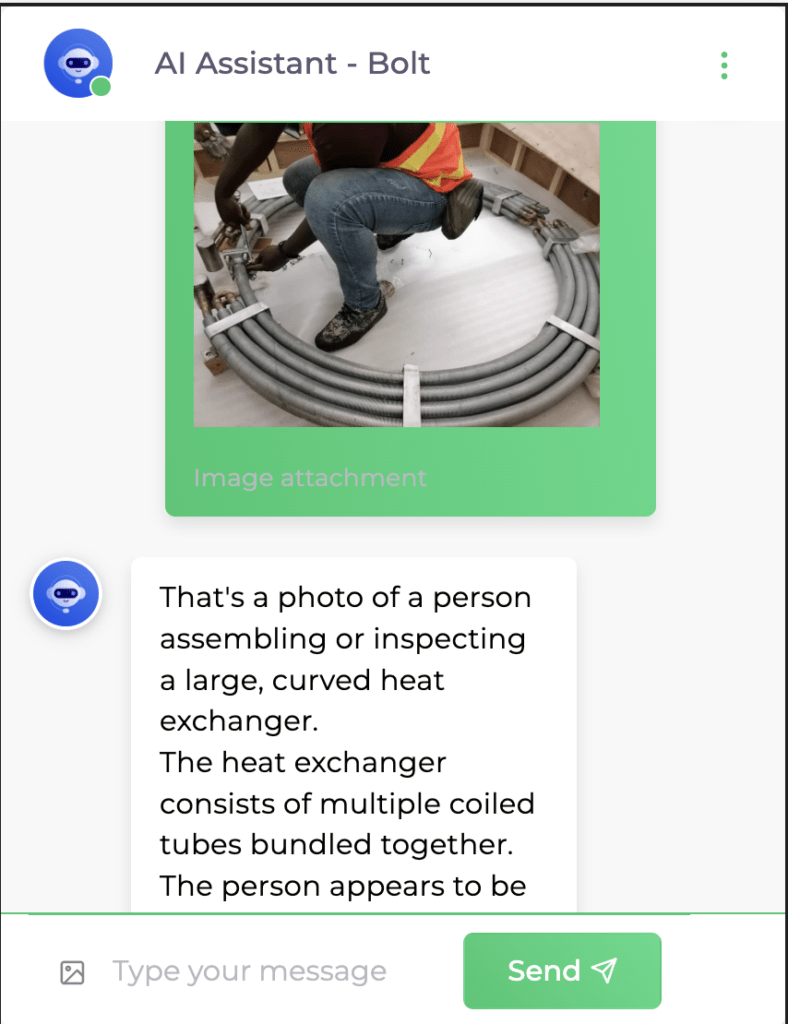
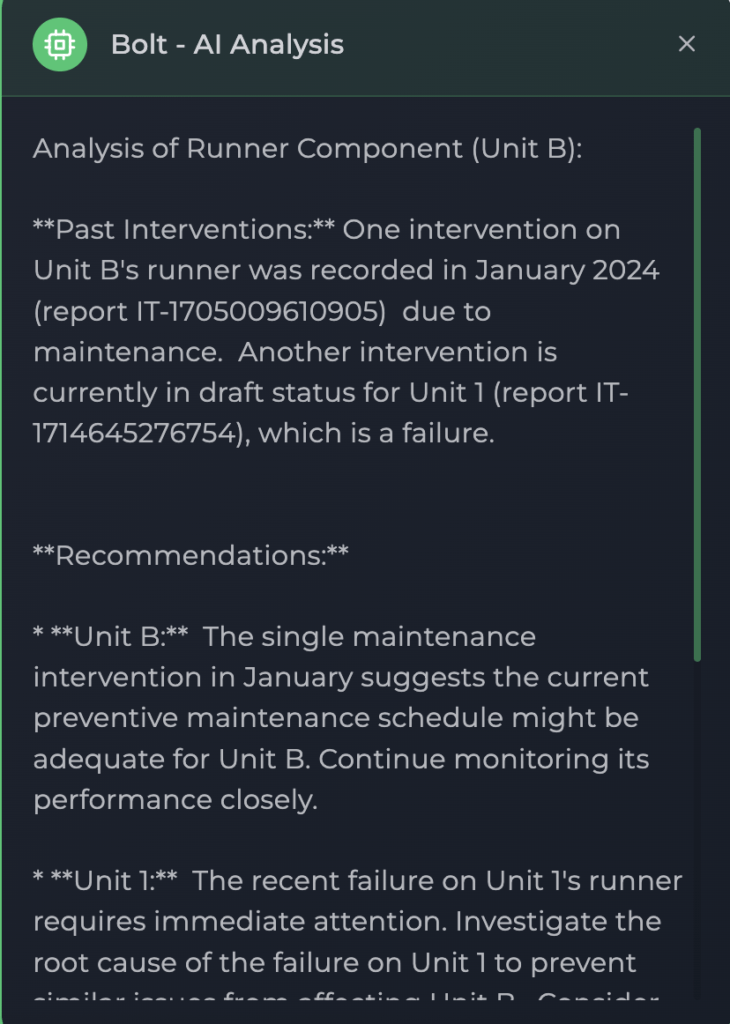
Fig.3. Illustrative Examples of TGM AI Assistant Conversations
The Future is Intelligent and Resilient
As Canada’s hydropower sector navigates a future of aging assets and environmental challenges, the need for a paradigm shift is clear. Solutions like TGM Expert demonstrate that AI and Digital Twins are not a theoretical promise but a practical, deployable solution that can augment decision-making and extend equipment life. This convergence is a catalyst for operational maturity and long-term asset resilience.
Utilities that embrace these technologies will not only modernize their operations but also future-proof them in a rapidly evolving energy landscape.
What steps can Canadian hydropower utilities take today to begin their journey toward predictive and prescriptive maintenance?
The conversation continues at the Canadian Waterpower Conference (October 1–3, Ottawa), where EN Solutions Hydro will present on AI and Digital Twins in hydropower. We look forward to engaging with industry leaders on how to accelerate the transition from reactive to intelligent operations.
References:
- Yoan Pu. “Customized Retrieval Augmented Generation and Benchmarking for EDA Tool Documentation QA”. Jul 2024
- Ron Beck, AspenTech. “Digital Twins and AI: Transforming Industrial Operations”. Available at https://www.reliableplant.com/Read/31897/digital-twins-ai
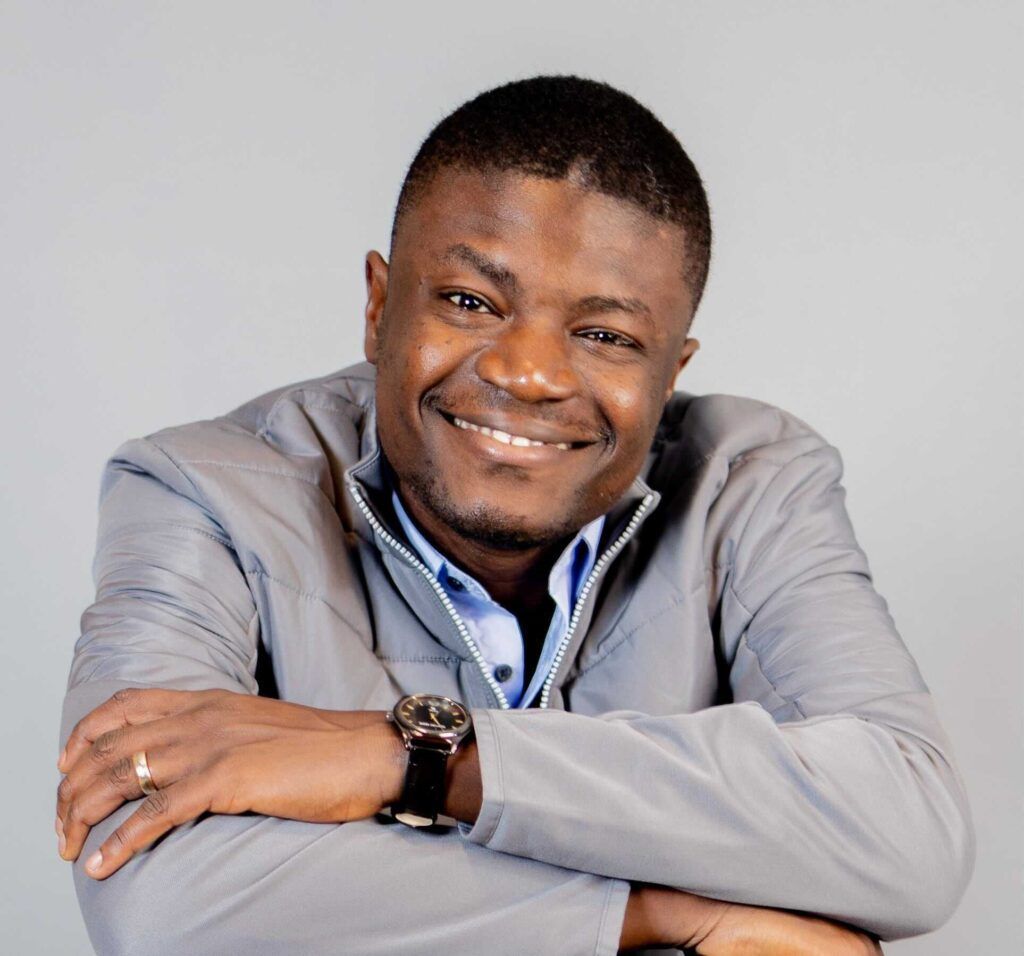 Emmanuel Ngue is a licensed engineer in Quebec with a Master’s in Mechanical Engineering applied to Hydropower from École Polytechnique Montréal and a Maintenance Management Professional certificate from PEMAC. With over a decade in the energy industry, including roles at Andritz Hydro and GE Vernova, he has led major refurbishment and installation projects in Canada and the U.S. He is the founder of EN Solutions Hydro, a Canadian firm pioneering AI-powered maintenance solutions for the hydroelectric sector.
Emmanuel Ngue is a licensed engineer in Quebec with a Master’s in Mechanical Engineering applied to Hydropower from École Polytechnique Montréal and a Maintenance Management Professional certificate from PEMAC. With over a decade in the energy industry, including roles at Andritz Hydro and GE Vernova, he has led major refurbishment and installation projects in Canada and the U.S. He is the founder of EN Solutions Hydro, a Canadian firm pioneering AI-powered maintenance solutions for the hydroelectric sector.
LinkedIn | Company Website | engue@ensolutions.ca

